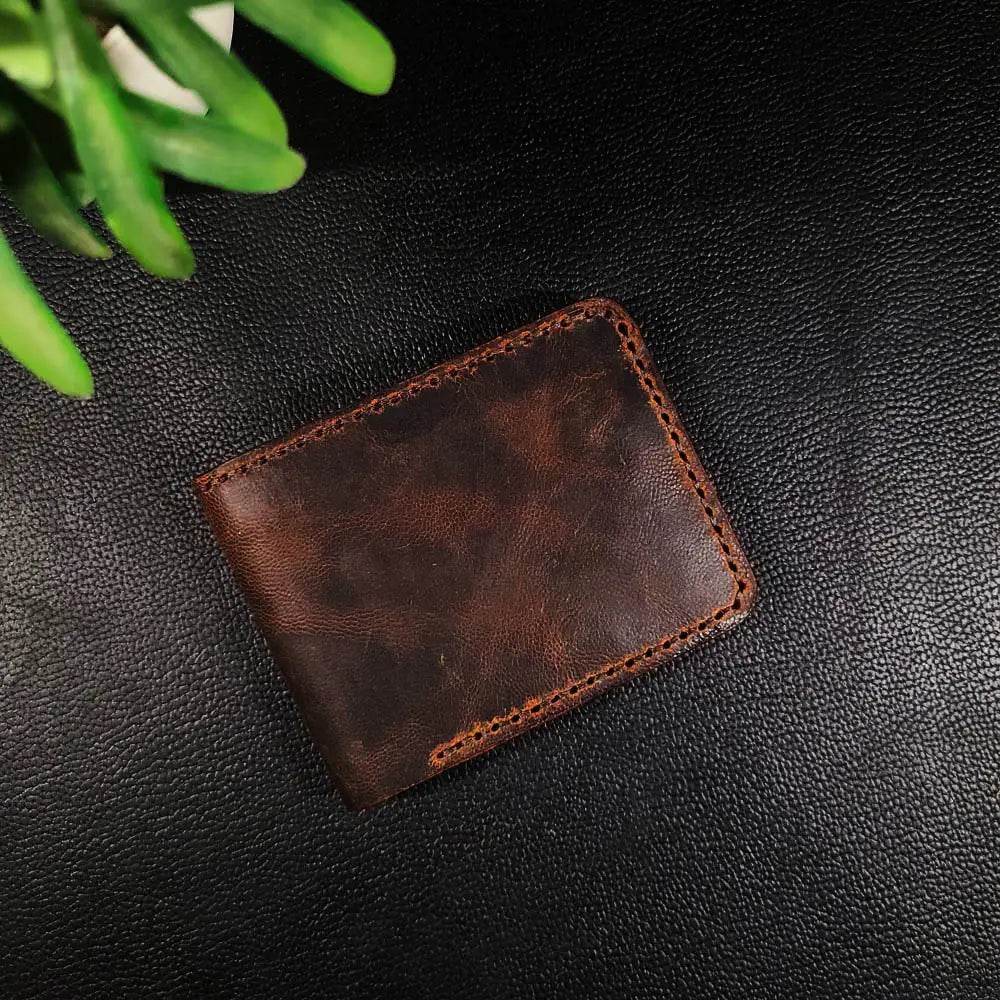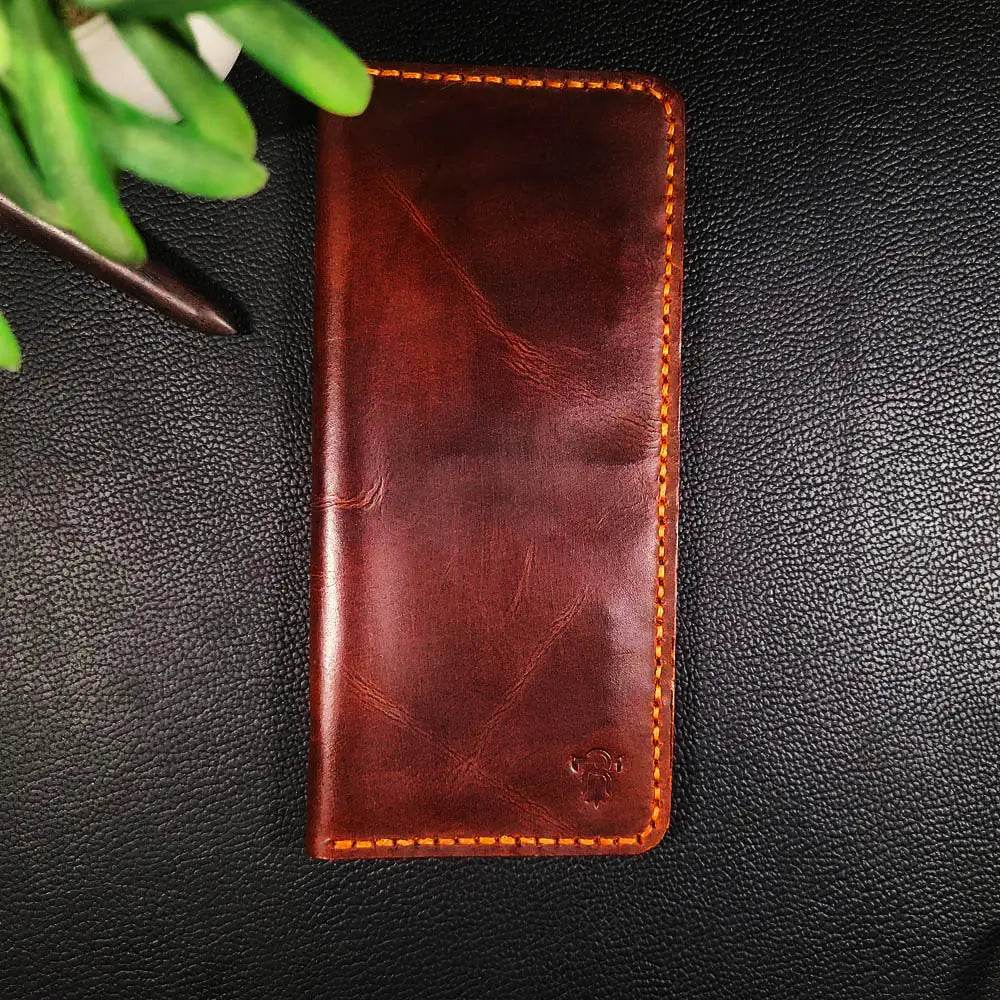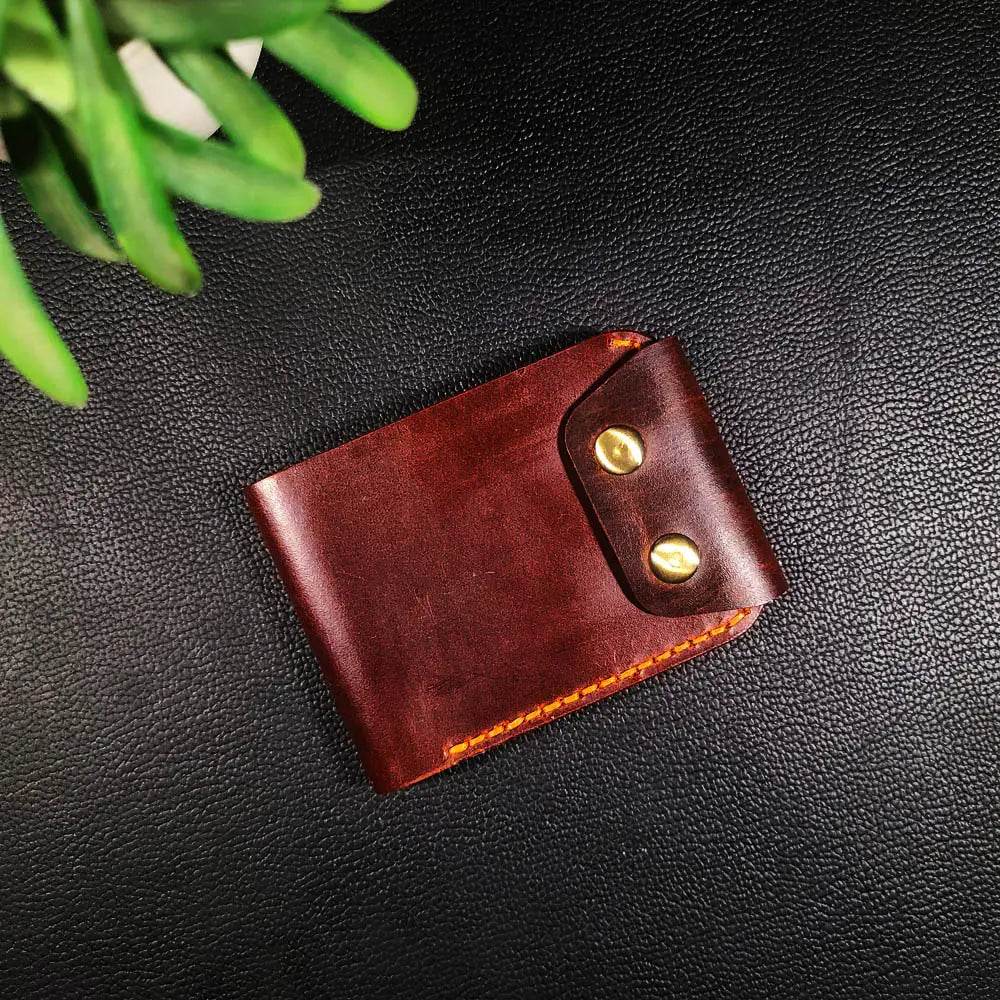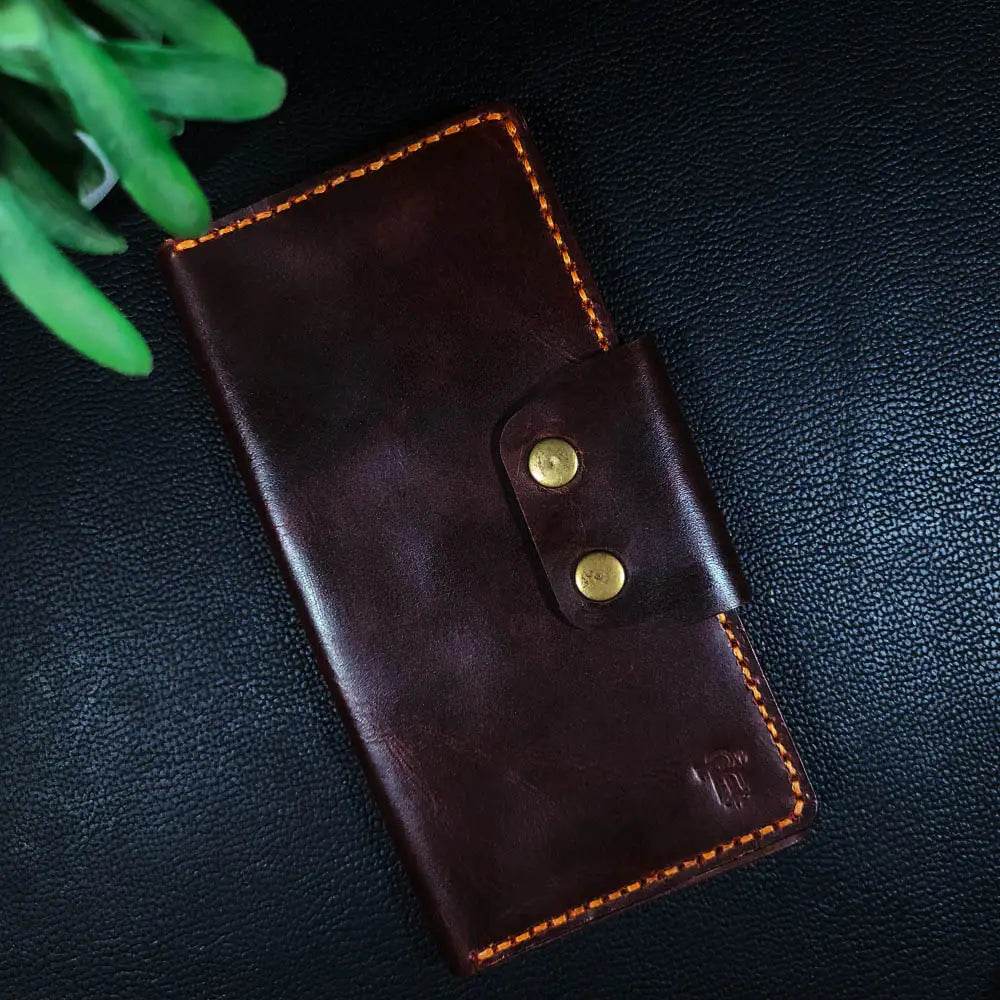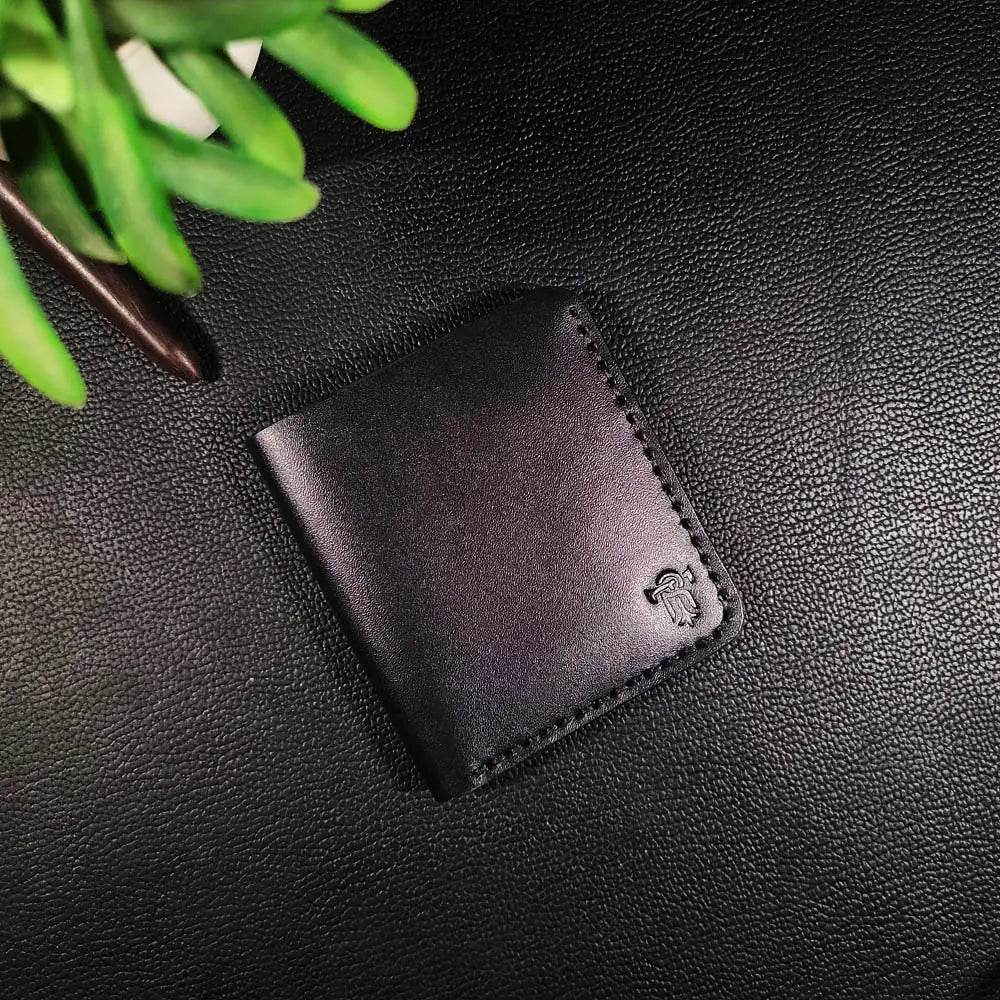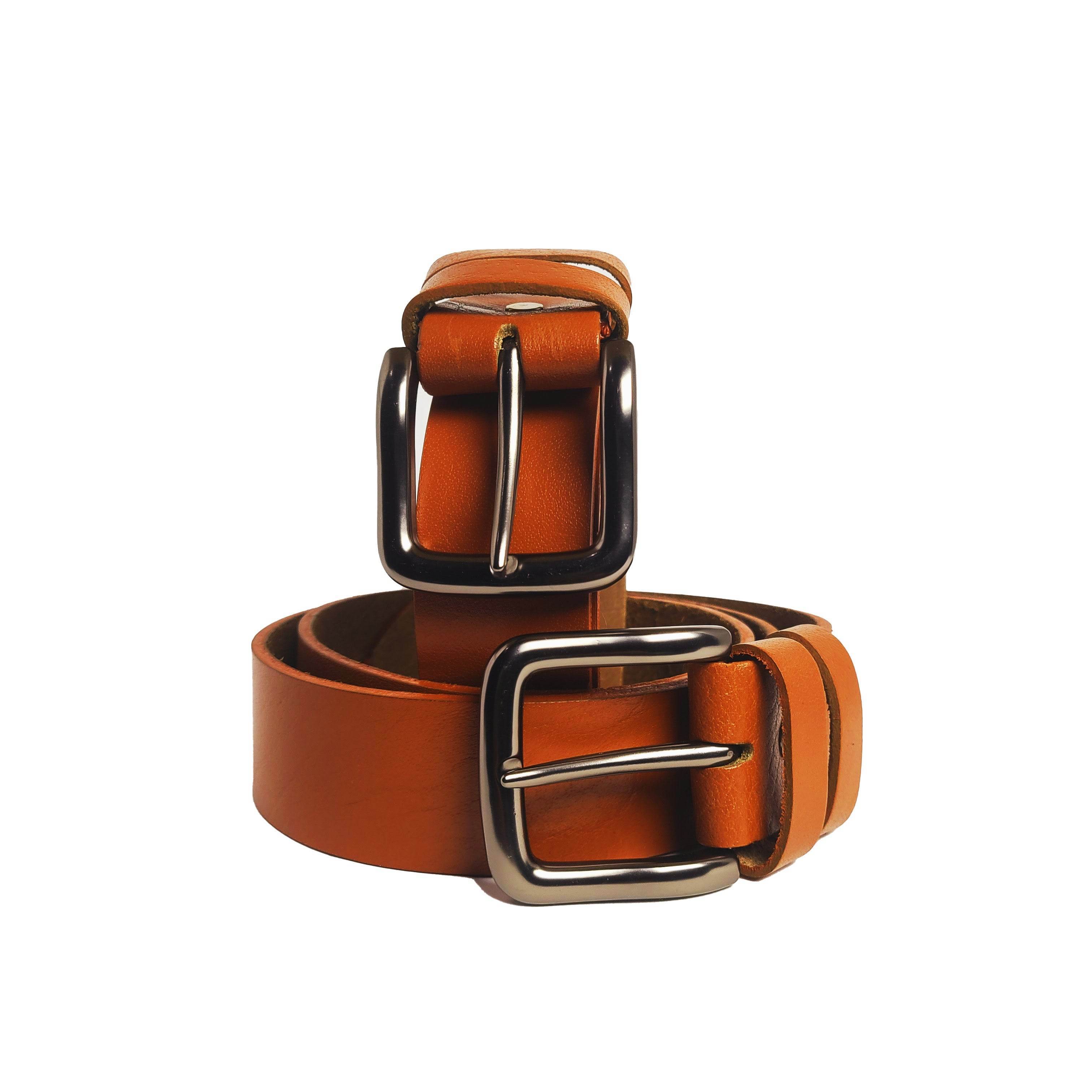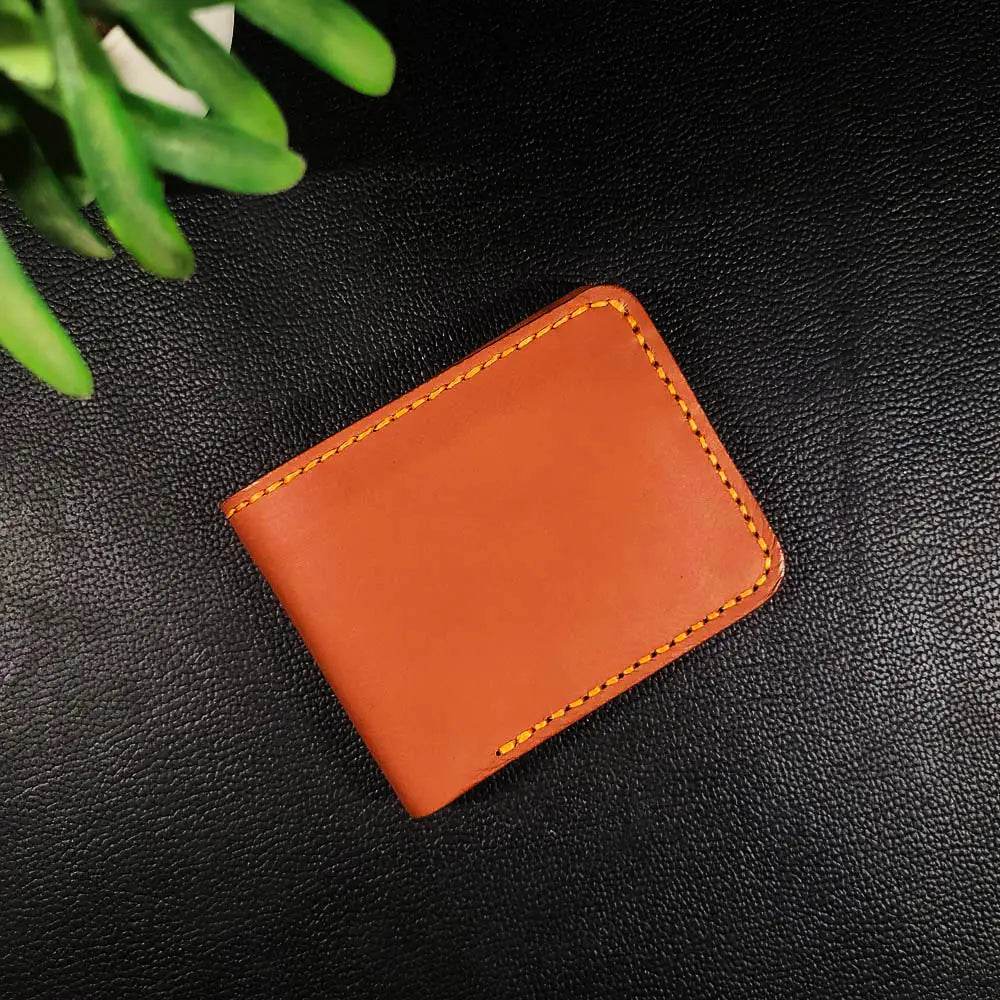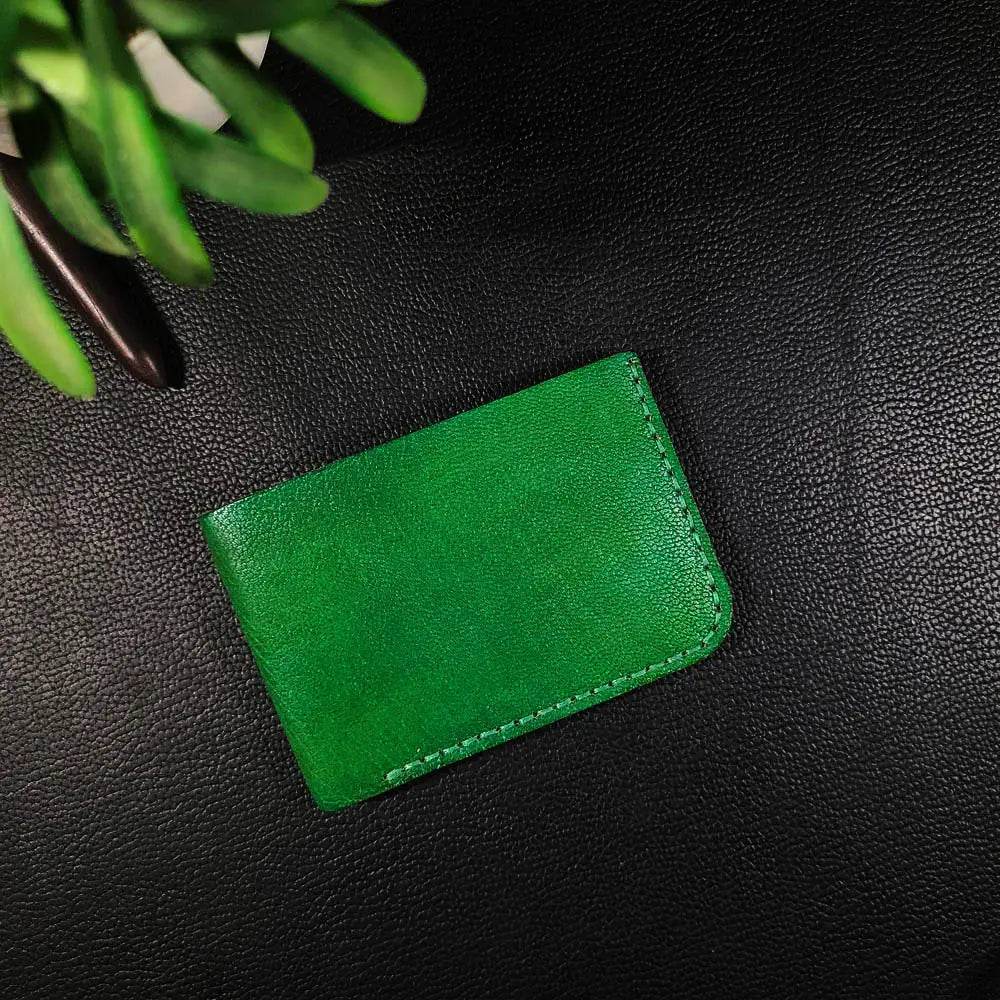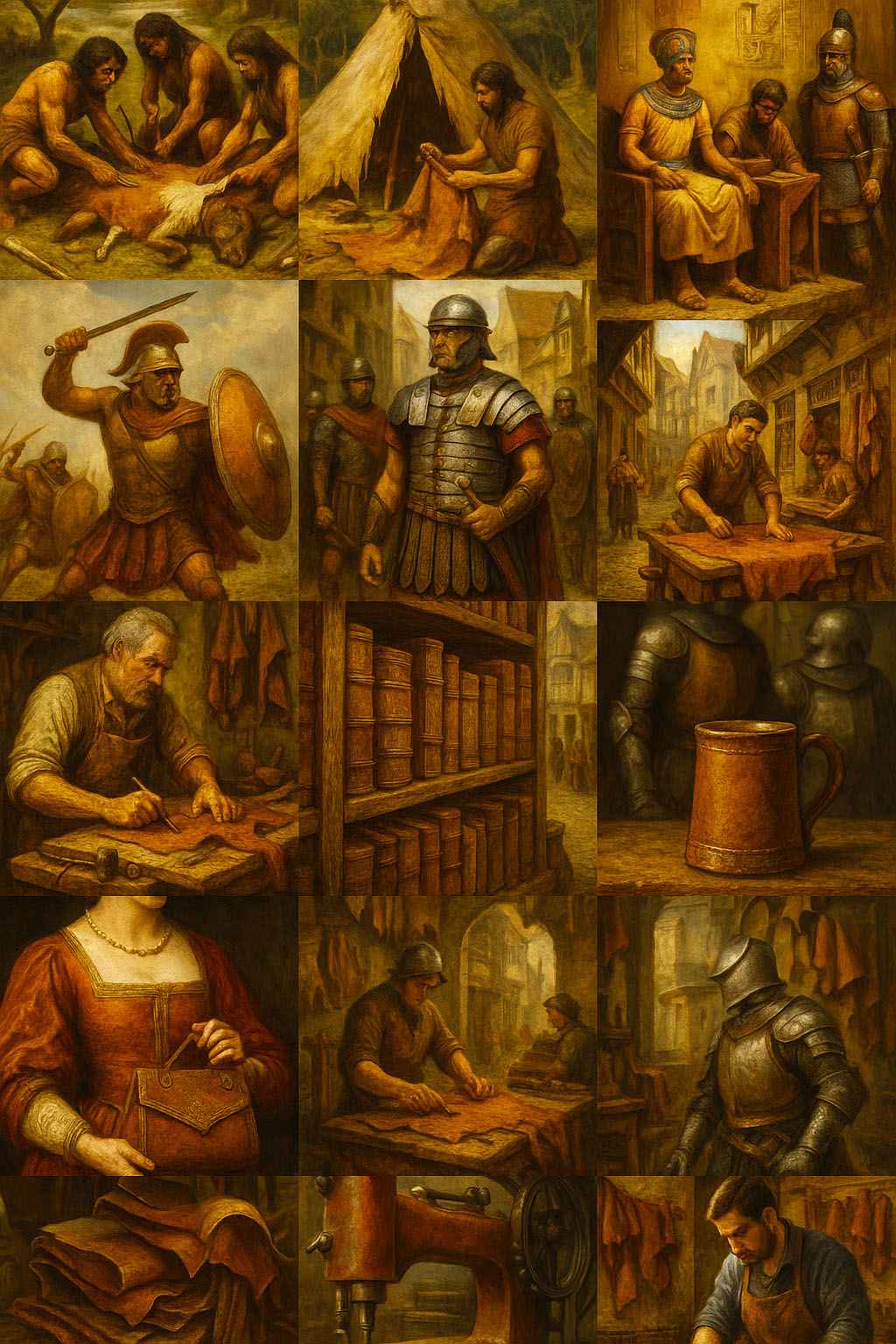The Story of
Leather Crafting
Long ago, before cities rose and empires ruled, humans walked alongside beasts, not as conquerors, but as survivors. The world was raw and wild, and survival meant making use of everything nature provided. When a hunt was successful, every part of the animal was sacred. Bones became tools, sinew turned into thread, and the hides oh, the hides they became shelter, warmth, and armor against the world.
These early humans, without knowing, were the first leathercrafters.
As centuries passed, humans learned to tame the elements and shape their world. In ancient Egypt, leather became more than a necessity it became an art. Pharaohs wore sandals crafted from animal hide, priests wrote sacred texts on leather scrolls, and warriors strapped leather armor to their chests. They tanned it in the sun and smoked it over fire, learning how to preserve it so it wouldn’t rot.
In Mesopotamia and Greece, leather began to speak of power. Greek hoplites marched into battle with leather-clad shields, and Roman soldiers were outfitted in leather gear that told stories of conquest and glory. The Romans, practical and inventive, streamlined tanning methods and created leather work that traveled with them across continents.
Then came the Middle Ages, where leather took on a new life in the bustling towns and cobblestone streets of Europe. Leather guilds rose, training young apprentices who dreamed of becoming master craftsmen. Tanneries lined the outskirts of towns, their pungent aroma a sign of industry. Saddlers, cobblers, bookbinders they all shaped leather with patience and skill, passing their secrets down like heirlooms.
In castles, leather-bound books lined wooden shelves. In taverns, mugs wrapped in leather kept hands warm. Knights rode into battle wearing hardened leather beneath their steel, a silent tribute to the animals and artisans behind the scenes.
The Renaissance brought refinement. Leather was dyed rich colors, embossed with gold, stitched with care. It became a symbol of status. A finely tooled leather purse might sit at the side of a noblewoman; a merchant’s ledger, bound in smooth calfskin, might hold the fortunes of generations.
But everything changed with the thundering of machines.
The Industrial Revolution took the intimate art of leathercraft and scaled it. Machines rolled where hands once pressed, chemicals replaced the slow, earthy process of vegetable tanning. Leather goods could be made by the thousands, no longer just by the hand of a single craftsman. The world gained access but something quiet and sacred was nearly lost.
Yet, leathercraft endured.
In dusty workshops and quiet studios, a new generation rose. They remembered the old ways, but brought their own touch—combining tradition with innovation. The scent of hand-oiled leather, the rhythm of mallets against tooling stamps, the slow stitching by hand—it all made a comeback.
Today, leather tells the story of who we are: survivors, creators, makers. It bridges our primal beginnings with modern artistry. From the simplest hide shelter to the finest Italian bag, leather has traveled with us through every age.


